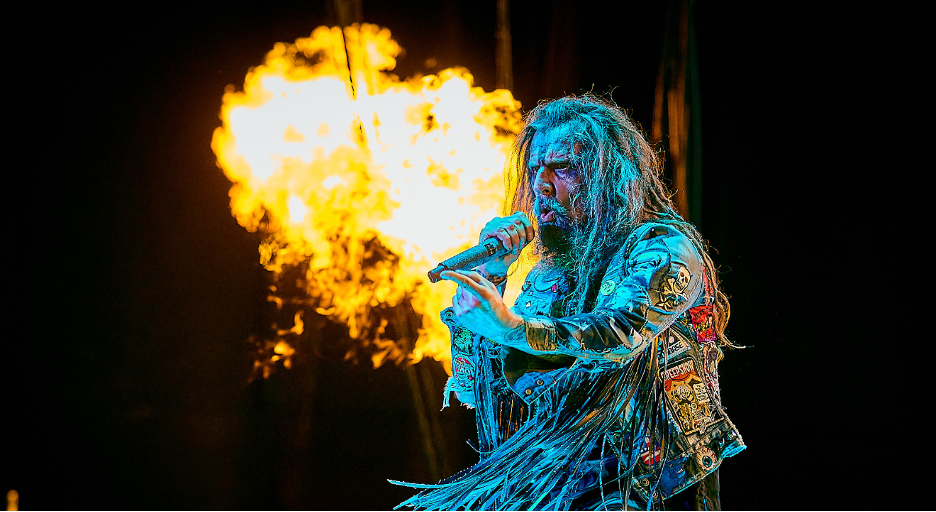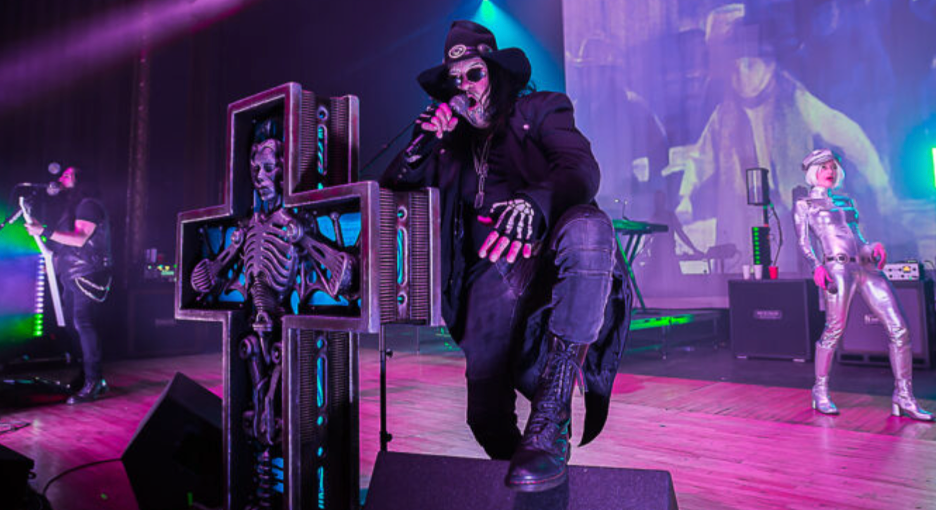Symphony of Madness: A Descent into Horror Music
by Dean Patrick
In the pain of night, when the world slips into the oblivion of sleep, many times my mind wrestles with the silence. The answer for me is turning to the dark hymns of horror music. This isn’t merely music; it’s an invocation of the macabre, a soundtrack to nightmares we dare not speak aloud. Before we meet some contemporary maestros who compose such wicked symphonies, let’s journey back, briefly, into the shadows where horror first found its voice in melody.
Historical Descent into Horror Music
The roots of horror music are as deep and twisted as the narratives they accompany, entwined with the macabre tales of folklore, the gothic literature of Edgar Allan Poe, and the weird, eerie, foreboding compositions of classical music.
Origins: The classical era birthed compositions that could summon fear with a mere chord. Modest Mussorgsky’s “Night on Bald Mountain” is a chilling evocation of a witches’ sabbath, while Franz Liszt’s “Totentanz” (“Dance of Death”) orchestrates the terror of mortality with its somber, haunting melodies. These pieces set the stage for music as a medium of terror, using orchestration to conjure images of the supernatural and the grim.
20th Century Film Scores: With the advent of cinema, horror found new avenues to haunt. Composers like Bernard Herrmann with his iconic screeching strings in “Psycho” or Krzysztof Penderecki’s unconventional sounds used in “The Shining” transformed music into an integral part of the horror experience, making the unseen palpable, the tension unbearable. Trent Reznor has taken it to all new levels.
Rock ‘n’ Roll’s Dark Side: As rock music took hold, its darker, more rebellious offspring emerged. The 1960s and ’70s witnessed bands like The Doors with their existential “The End,” or Screamin’ Jay Hawkins with “I Put a Spell on You,” blending rock with elements of voodoo, death, and the macabre, laying the groundwork for horror’s infiltration into popular music.
The Birth of Heavy Metal: Black Sabbath, emerging from the industrial gloom of Birmingham, introduced a sound so heavy it felt like dread incarnate. Their eponymous song “Black Sabbath” not only named the band but also christened a genre where guitar riffs became the opening of hell’s gates, defining doom metal with its slow, ominous beats and Ozzy Osbourne’s hauntng vocals.
Modern Architects of Audio Horror
Now, let’s focus on some of the artists who have not only continued this legacy but have expanded it into new, terrifying territories:
Black Sabbath – The Architects of Doom: Their music is more than sound; it is an experience, a ritualistic summoning of darkness. Songs like “NIB,” “Black Sabbath,” “Fairies Wear Boots,” and “War Pigs” are not just listened to; they are felt, the weight of their riffs crushing, their lyrics painting pictures of despair and defiance against an oppressive world.

Alice Cooper – The Grand Guignol of Rock: Cooper’s work is a theatrical horror show, where each performance is a chapter in a nightmare narrative. Songs like “School’s Out” or “I Love the Dead” blend horror with rock, his shows featuring elements like guillotines and electric chairs, turning concerts into horror spectacles.

Marilyn Manson – The Cultural Heretic: Manson took the theatricality of Alice Cooper and amplified it into a critique of societal norms. His album Antichrist Superstar isn’t just music; it’s a manifesto of rebellion against cultural and religious hypocrisy. One of the album’s showcase numbers, “The Beautiful People,” stands as a grotesque reflection of society, its industrial sounds and Manson’s provocative lyrics cutting deep into the psyche.

Rob Zombie – The Horror Film Scorer: Zombie’s music embodies horror cinema, with tracks like “Dragula” or “More Human than Human” soaked in horror iconography. His music videos are mini horror films, his sound a blend of heavy metal’s ferocity with the nostalgic, campy horror of bygone decades.

Ministry – The Industrial Nightmares: With Al Jourgensen at the helm, Ministry’s music, especially “Psalm 69,” feels like the soundtrack to a collapsing world. “Just One Fix” encapsulates the chaos of society’s end, its relentless beat and distorted guitars a perfect auditory representation of apocalyptic dread.

Further Explorations
GWAR – The Alien Overlords: Their performances are as much about the grotesque spectacle as the music. GWAR’s comedic take on horror through their alien personas offers a unique blend of sci-fi and terror.
Type O Negative – The Gothic Lament: Their album October Rust is a masterpiece of gothic metal, with Peter Steele’s baritone voice lamenting love, loss, and doom, creating an atmosphere thick with melancholy and darkness.
Cradle of Filth – Symphonic Black Metal Horror: This band weaves vampire myths and gothic horror into symphonic black metal, with albums like Dusk… and Her Embrace telling tales of cursed nobility and dark romance.
Gorgoroth – The Norwegian Black Metal Rituals: Known for their extreme performances, like the notorious “Black Mass in Kråkstad,” Gorgoroth’s music is an invocation of darkness, aimed at the heart of the occult and the ritualistic aspects of horror.
Horror music transcends the auditory; it’s a mirror to our deepest fears and desires, a soundtrack to the unknown that lurks within us all. These artists have not just played music; they’ve conjured spirits, evoked nightmares, and given voice to the shadows. Their work provides not only entertainment but a profound, often unsettling insight into the human condition. So, when the night grows deep and you seek that chill that thrills, let these sonic sorcerers guide you through the darkness. In their music, we don’t just find horror; we discover the hauntingly beautiful truths about ourselves that only the night can reveal.
Enjoy my fine readers!

Leave a Reply